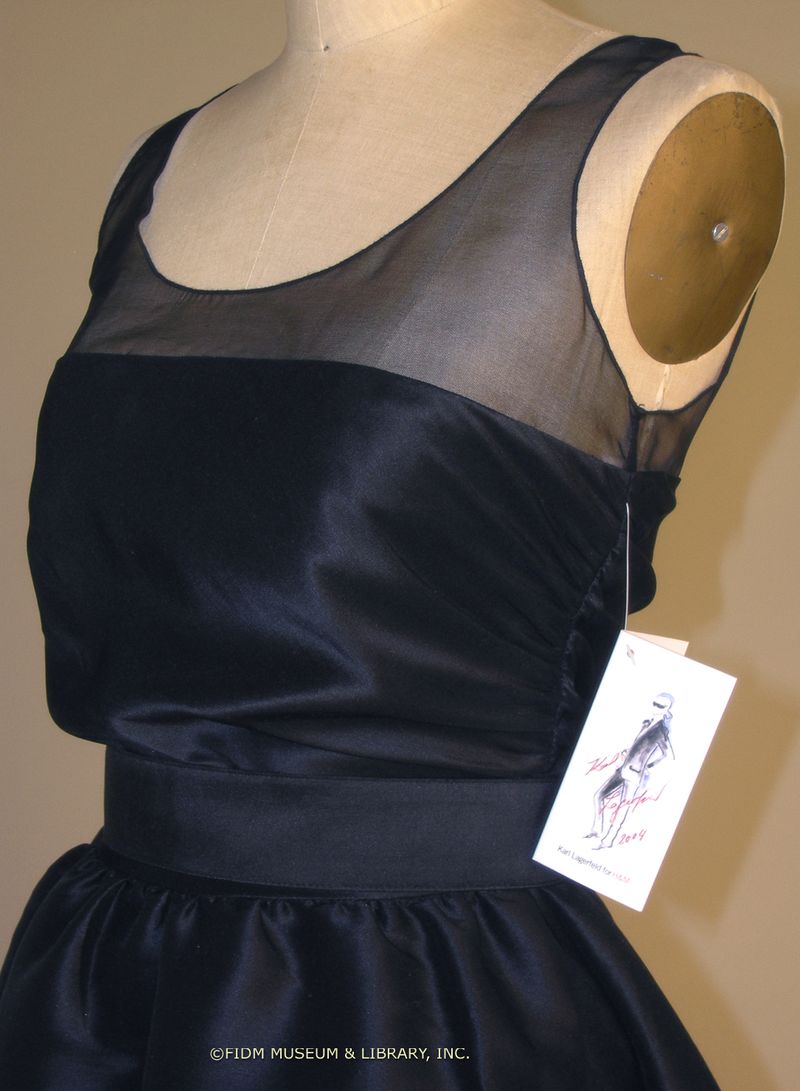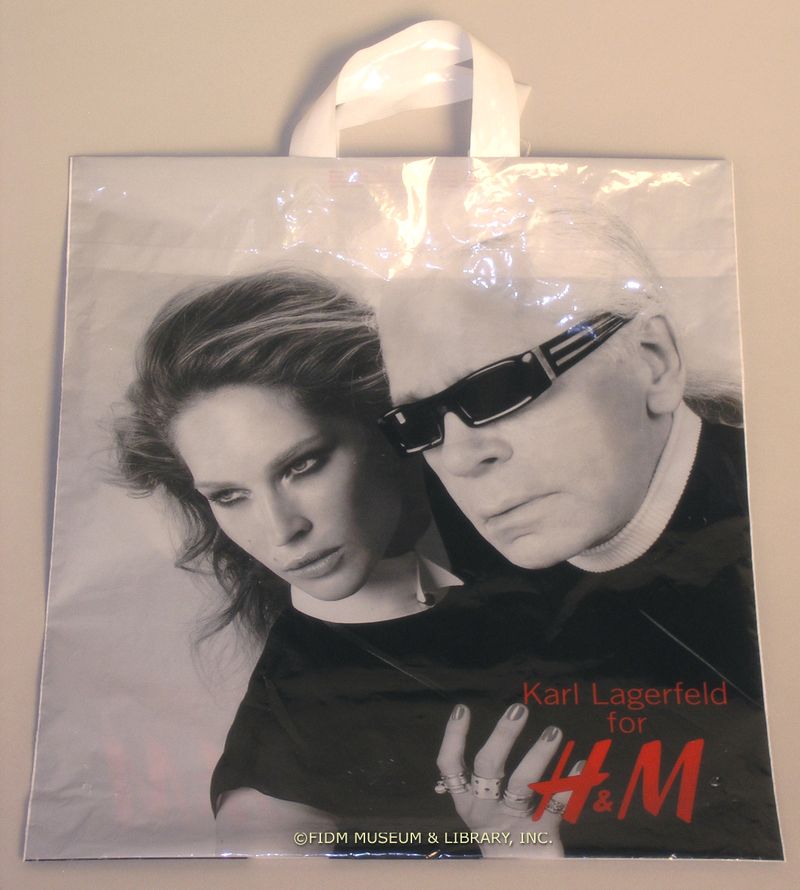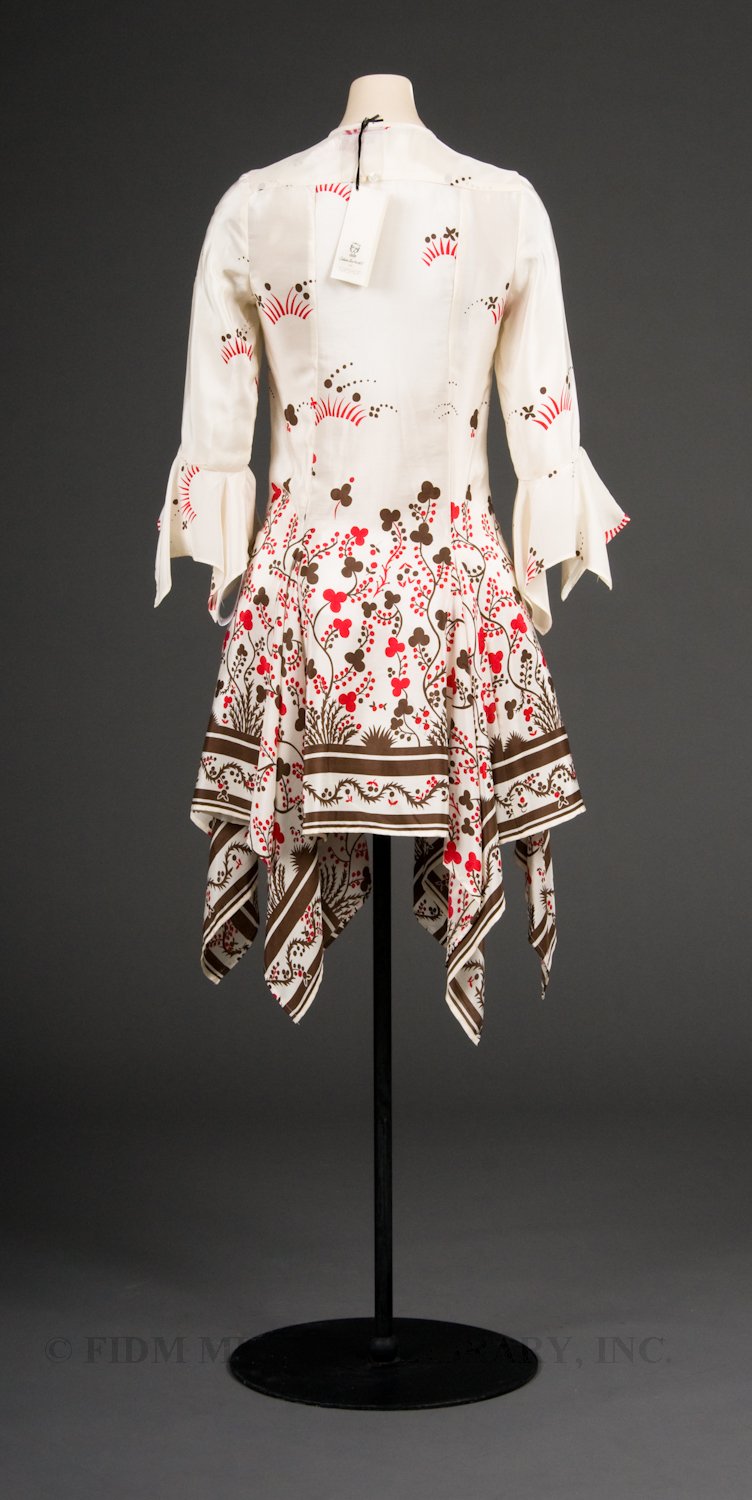Fast fashion
Over the last few years, collaborations between clothing designers and mass-market retailers have become increasingly common. These fast fashion or capsule collections consist of a small group of designer items created for a specific retailer and are only available for a limited time. Capsule collections allow the average consumer to purchase a designer item at significant savings while allowing mass-market chains to increase their profile through targeted marketing campaigns. For new or unestablished designers, capsule collections help spread their name and design aesthetic, while well-known designers are able to bring their designs to a wider audience. Though these collaborations are now commonplace, one of the very first high/low collaborations was between Karl Lagerfeld and H&M, which launched in November 2004. As the first such collaboration, Lagerfeld's capsule collection received a tremendous amount of attention from both consumers and the press. Carried in roughly half of the H&M stores, customers lined up for hours before stores opened in order to purchase one of the Lagerfeld designed items. The collection sold out within hours at many H&M stores and there were reports of customers actually grabbing garments out of the hands of sales clerks. The FIDM Museum black silk cocktail dress seen below is one of Lagerfeld's designs for H&M.
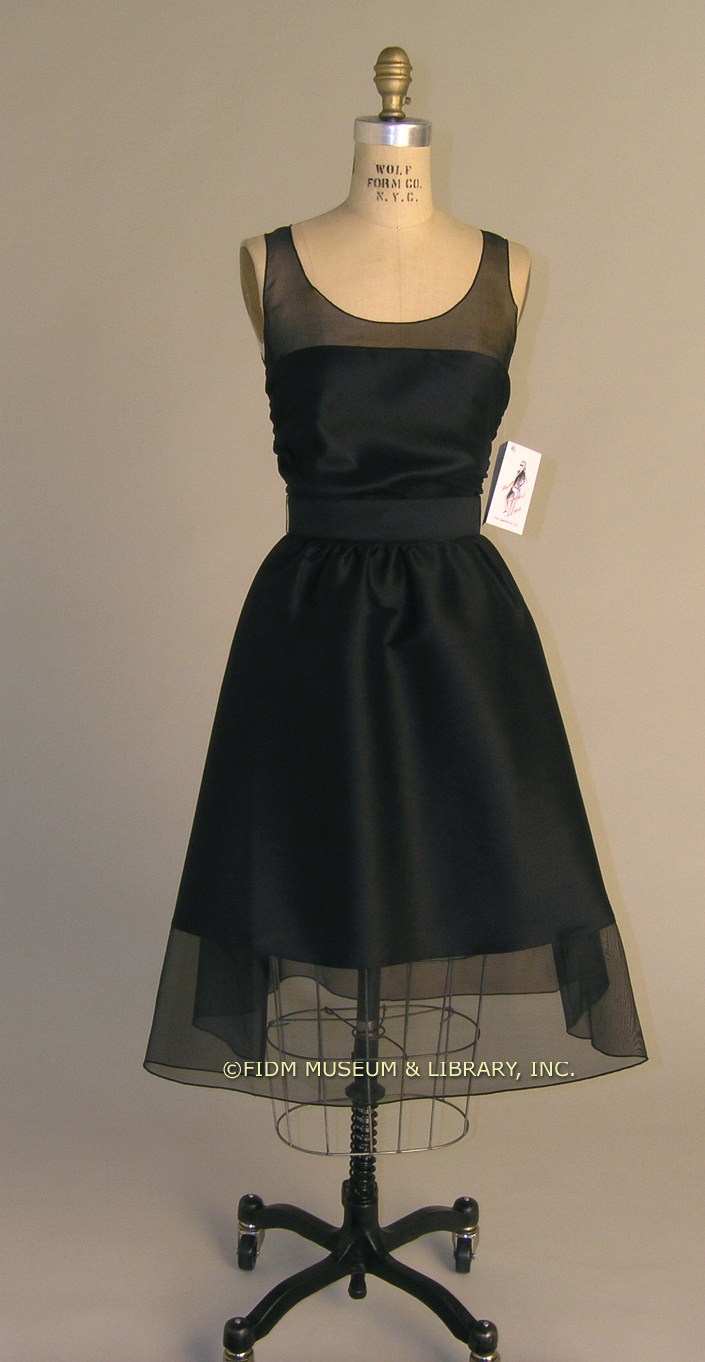 Cocktail dress Karl Lagerfeld for H&M Fall 2004 Museum Purchase 2004.5.47A-C
Cocktail dress Karl Lagerfeld for H&M Fall 2004 Museum Purchase 2004.5.47A-C
As you can see from the tag attached to the dress and from the image of Lagerfeld on the bag below, marketing for capsule collections relies almost entirely on the stature of the designer.
In 2006, the UK based retailer Topshop launched a collaboration with textile designer Celia Birtwell. Unlike Lagerfeld, who is widely known as both a personality and a designer, Birtwell's work and name had been largely forgotten for many years. Active during the 1960s and 70s, Birtwell's textile designs juxtaposed floral and geometric forms and were used by her husband, designer Ossie Clark. The Topshop collaboration led to a fast fashion collection for the American retailer Express and probably influenced the decision to briefly relaunch the Ossie Clark label in 2008-2009. The Celia Birtwell for Topshop dress seen below features the Monkey Puzzle print, originally created by Birtwell and used by Ossie Clark. The cut of the dress itself is nearly identical to a Clark dress created during the late 1960s. A two-piece trouser ensemble in the Monkey Puzzle print was chosen as the UK Dress of the Year in 1969.
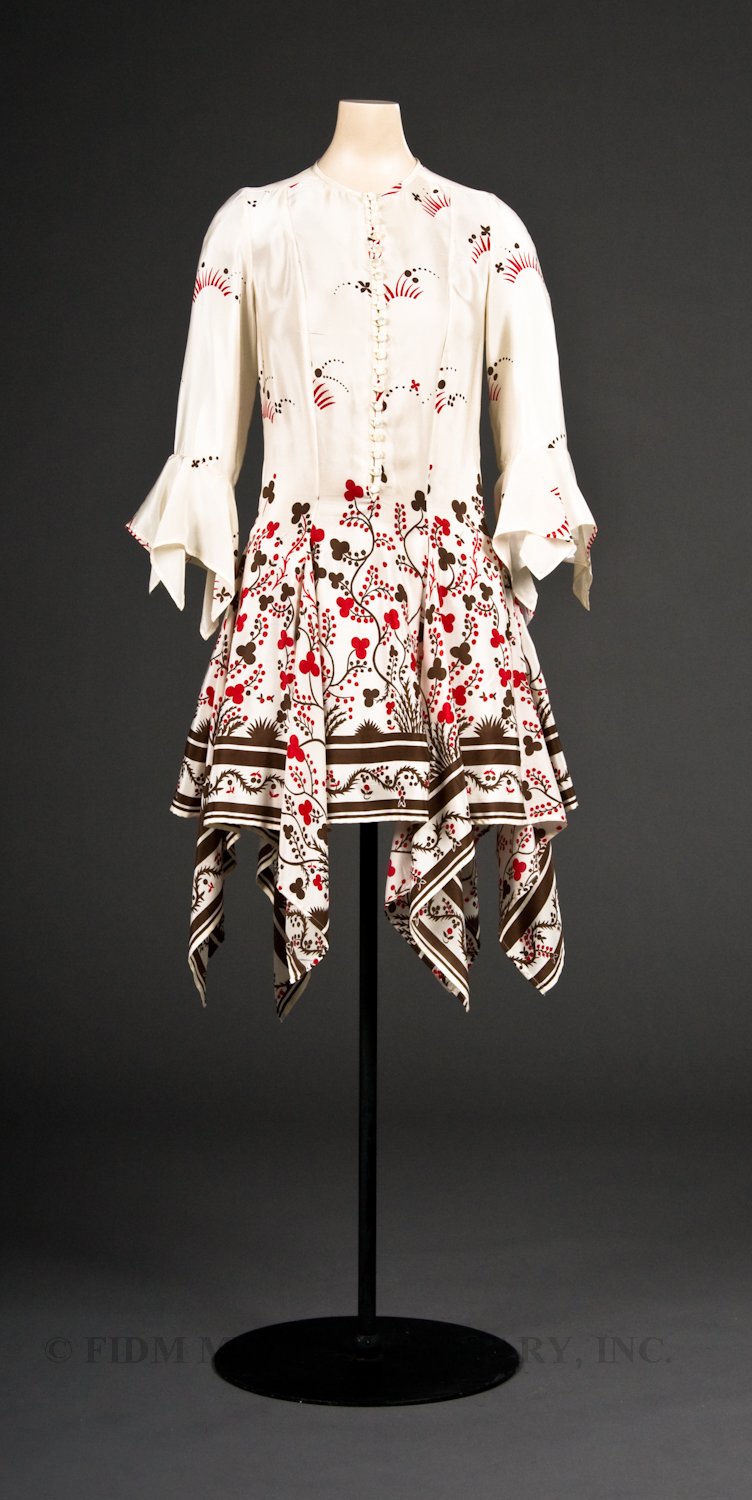 Daydress Celia Birtwell for Topshop Spring 2006 Museum Purchase 2006.5.9
Daydress Celia Birtwell for Topshop Spring 2006 Museum Purchase 2006.5.9
Though capsule collections have been a popular marketing tool for the last few years, the excitement associated with capsule collections has diminished greatly. These collaborations have become so commonplace that new capsule collections receive relatively little attention. Widespread availability of consciously designed items certainly democratizes fashion, but does it also cheapen the concept of the designer as artist? Or is fast fashion here to stay, an indicator of widespread interest in the field of design in general and fashion design in particular?
